Bibrka (Bobrka)
Bibrka (pol. Bóbrka) is a small town in Lviv region. It is situated on a small river Boberka, 20 kilometers away from Lviv.
The nearest tourist attractions around Bibrka:
Svirzh Castle (Renaissance style; It was originally built by the Świrski noble family in the 16th century. Inside the castle there is a small church dating from 1546. — Svirzh village (11 km).
Stare Selo Castle — This castle, or fortress, was built by the princely Ostrozky family. Built in the style of Renaissance (1584-1589) — Stare Selo village (12 km).
Pyatnychany Tower — Defensive structure of the castle type. It is located near the village of Pyatnichany, Zhydachiv district, Lviv region (Ukraine). — Pyatnychany village (8 km).
The Church of the Holy Trinity - A church in the village of Sokolivka (former town of Seniaw) in Zhydachiv district and Lviv region. It’s more than 400 years old building with defensive fortifications (10 km).
Mount Camula - The highest peak of Podillya Upland, a natural monument of local significance. It is located in the western part of the hilly region of Gologory, to the south of village Romaniv. It is about 12 km away from Bibrka - (You can climb from Pidgorodishche or from Romaniv village).
A road of national significance H-09 Mukachevo, Ivano-Frankivsk, Lviv goes through the town.


Ancient variants of the name of Bibrka: in German - Prachnik (official name of the town in the Austro-Hungarian registers), Yiddish - Boyberke, Boiberke, Boiberik. Nowadays the name Boiberik is used for one of the children's summer Jewish camps in the USA, which begins its history from the 20's of the twentieth century.
It is believed that the first settlement, where now Bibrka is, arose as a settlement of hunters for beavers, which were caught for the close prince Zvenigorod (now the village of Zvenigorod).
Bibrka was first mentioned in the Galician-Volyn chronicle for 1211. The Bibrka River and the ancient tract of Boberka (Bibrka), that is, the place where beavers lived are also mentioned. According to other sources, 1211 is the year of not the first mention of Bibrka as a town, but the river of the same name. The settlement of Bibrka as the possession of Vnuchek from Kutna begins to appear in documents of 1436. 

Emblem of Bibrka 1569.
Between 1353-1366 Dmitry Koryatovich (known as voivode Bobrok-Volynsky) owned the lands on the bonus of the Bibrka River. He belonged to the genus Koriyatovichi. These lands were dependent on the Grand Duke of Lithuania Lyubart, whose vassal was Dmitry Koryatovich. Perhaps on these lands he laid the Castle of Bobrock, which gave rise to the later city of Bibrka. Vladislav Kormilchich is also considered to be the founder of the city, who entered history as an impostor on the Galician throne.
In 1366, these lands became dependent on the Polish king. Local artisans and merchants paid taxes to Lviv as a royal representative. Bibrka was often rented by feudal lords.
The privilege of the Casimir the Fourth in 1469 Bibrka received the Magdeburg Law, which allowed the fair twice a year and once a week (Tuesday) to hold trades. The privilege of Sigismund II Augustus confirmed the rights granted in 1569 and allowed the third annual fair and trades not only every Tuesday, but also every Saturday. Townsmen were also allowed to cook beer for their own consumption.
In 1474, a large fire destroyed almost the entire city. As a result, the government for 10 years freed Bibrka from taxes.
In 1502, the Turkish-Tatar hordes completely destroyed the city.
In 1515, a clergyman and a mill were documented in the tax register, which points that church already existed. October 10, 1518 - The city is exempted from paying taxes for 6 years, due to the destruction during the Tatar attack.
After the deceased owner Peter Venglivsky on January 13, 1530, the city together with the villages of Serniki, Lani and Pyatnichany was transferred to the life of his widow Anna Wenglivska.
For a long time Bibrka could not recover from the Tartar devastation: for lustration in 1621 in the city royal forages could not find any provisions. In 1638 the Polish Sejm admitted that Bibrka was almost completely in decline and again dismissed the residents for 4 years from the payment of taxes.
During 1605-1633 the Lviv district, to which the city of Bibrka belonged, was devastated by invasions of the Tatar hordes as many as 14 times, that is, for 28 years.
On April 28, 1643, King Vladislav IV Vaza gave Stanislav Kovalsky the right to live livelihood in Lviv on half of the city of Bibrka, also in the villages of Lani, Lanky, Pyatnichany, and on June 20, 1643, he extended this right to his wife, Regina Tshebiensky.
From the time of Khmelnytsky, the following evidence has been preserved: when in 1648 the Cossack troops entered Bibrka, the local boots shop gave them 80 pairs of boots, and local shellfish - 60 shells.
The Polish-Swedish War (1655-1660 years) brought the city to its fullest decline. By lustration in 1661, there were only 26 houses in the city, while before the war it was 150. Only in 1765 the number of houses were increased to 300. In addition, there was a population in Bibrka, which had no their own dwellings, the so-called khalupnyky.
In 1790, the city was owned by the famous magnate Count Skarbek.
The first two-year (trivial) and three-year (normal) schools were opened in the 1890`s.
In the 40's of the XIX century, there were 3,000 inhabitants in Bibrka. The town had a working textile manufactory.
In 1895 a branch of Prosvita was founded in Bibrka; in 1900, the Ukrainian "State Crediting Society" was created, and in 1909 the "Sokil" Society, under Soviet rule the building was used as a cinema.
On March 3, 1918, a celebratory "Celebration of Statehood and Peace" (Chamber) was held in the city in support of the actions of the Government of the UPR.
On November 2, the authorities of the Ukrainian state the ZUNR were established in Bibrka district. In the city for some time there was a team of the 2nd Galician Corps (commander - Colonel Miron Tarnavsky). The corps headquarters was located in the building of the current city council.
The history of the city during the Second World War was associated with the Nazi genocide of the Jewish population, as well as with the Bolshevik repressions of the Ukrainian intelligensy.

In 1940-1962, the city was the center of the Bibrka district of Lviv region.
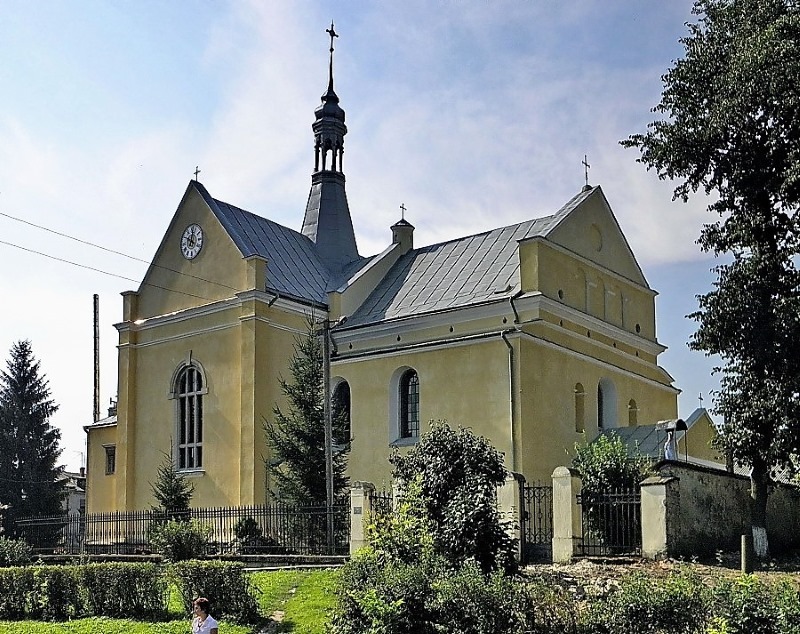
The oldest building in Bibrka is an ancient defense church of saints Nicholas and Anne. The temple was funded by Zavishey Black in 1405. There is a stone bell tower nearby. The church is listed in the "Register of National Monuments of Ukraine" under No. 461/0.
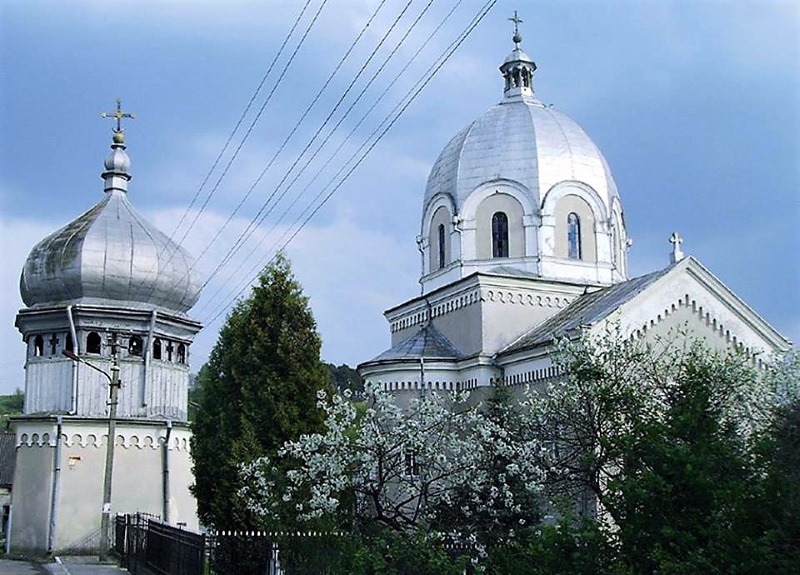
 The Church of the Intercession of the Blessed Virgin Mary was built in 1906, (architect Nagorny Vasily). The ordination of the church was carried out by Metropolitan Andrey Sheptytsky in 1907.
The Church of the Intercession of the Blessed Virgin Mary was built in 1906, (architect Nagorny Vasily). The ordination of the church was carried out by Metropolitan Andrey Sheptytsky in 1907.
The worthy attention of the monuments of history and culture in Bibrka, the building of the magistrate (beginning of the twentieth century, now - post office) is also included,
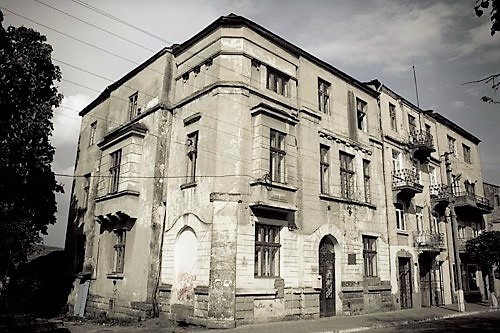

(investment is needed),
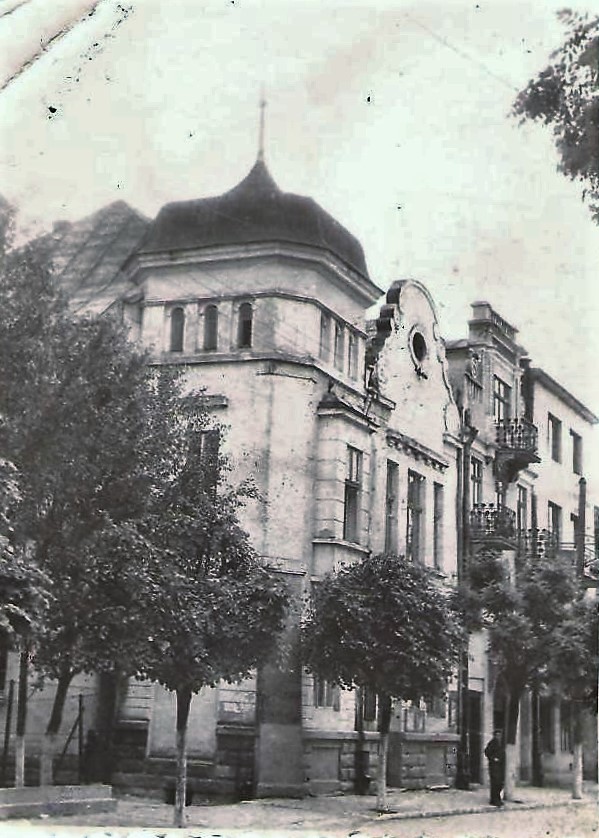
(Look of the Bibrka House of the Magistrate in the early twentieth century.)
The house of the former "Sokil" (the last use was a cinema), a musical school (once a breakthrough (the end of the 19th century), the building of the modern city hall, the building of the current policlinic, houses in the city center (building of the 19th-20th centuries), the House of children and youth Creativity, fire protection house, Count's estate Tchaikovsky and their park.
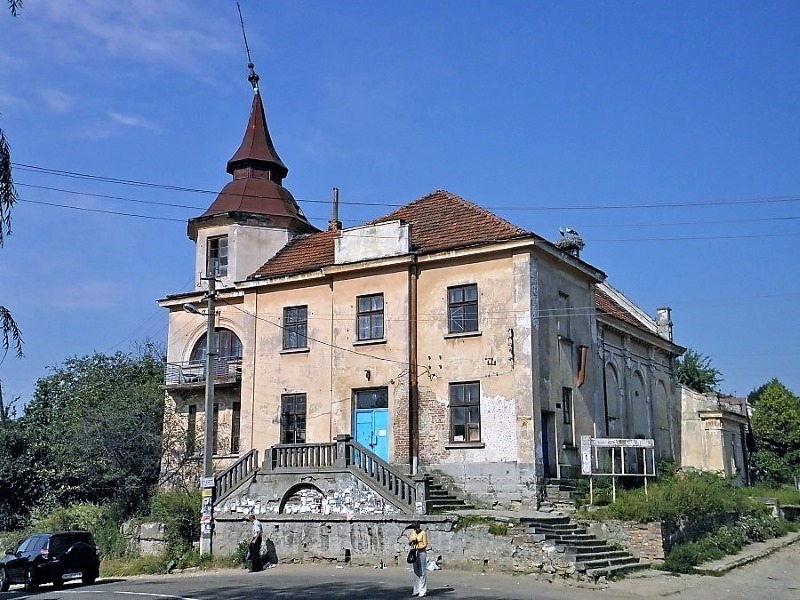
The house of the former "Sokil" (the last use was a cinema) Investment is needed
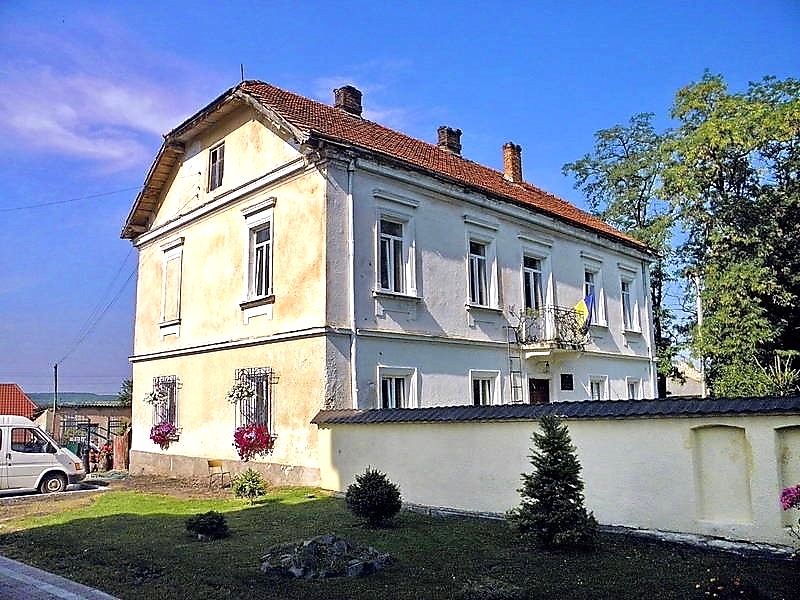
Musical school (the end of the 19th century, a former breakthrough)
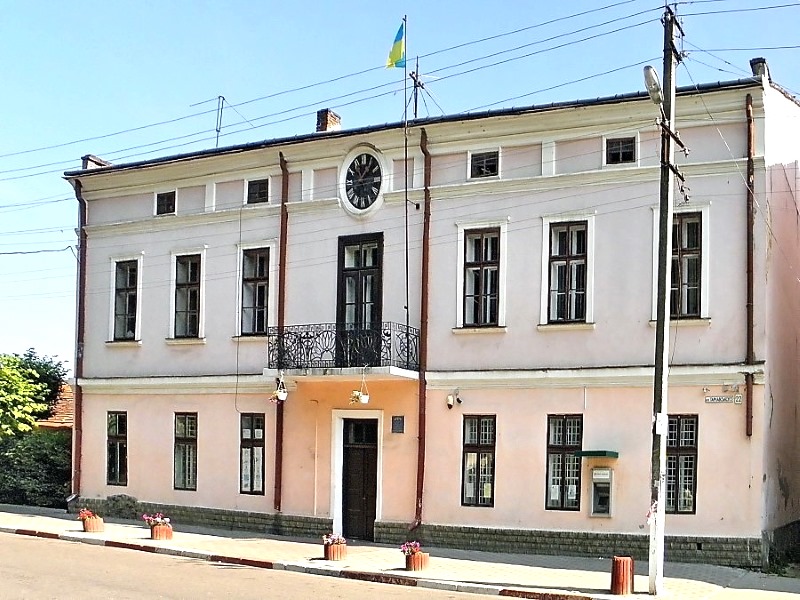
Town Hall Building (Town Hall) (requires investment)
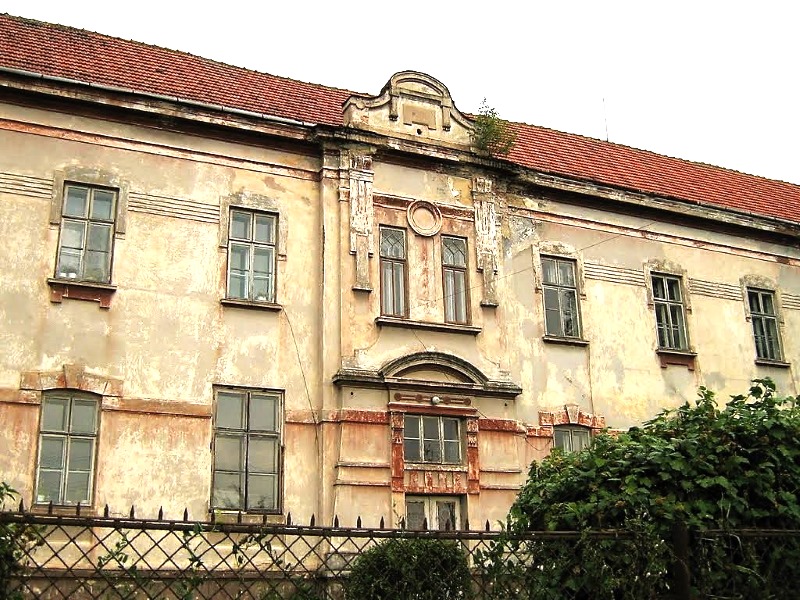
The premises of the outpatient clinic at the hospital in Bibrka were built in 1908 as a hospital  (requires investment).
(requires investment).
Historical reference. The decision to raise funds for the construction of a hospital in Bibrka was unanimously approved on January 20, 1898 at the meeting of the Bibrka District. The hospitals was given the name of "Tsissar Yosif I". When funds were collected, the county authorities submitted a request to the government for permission to start the construction of the hospital. On June 1, 1904, this request was supported by the government - and in 1906 the construction was started. The hospital began to function in 1908.

Sanctuary of Bibrka Cemetery
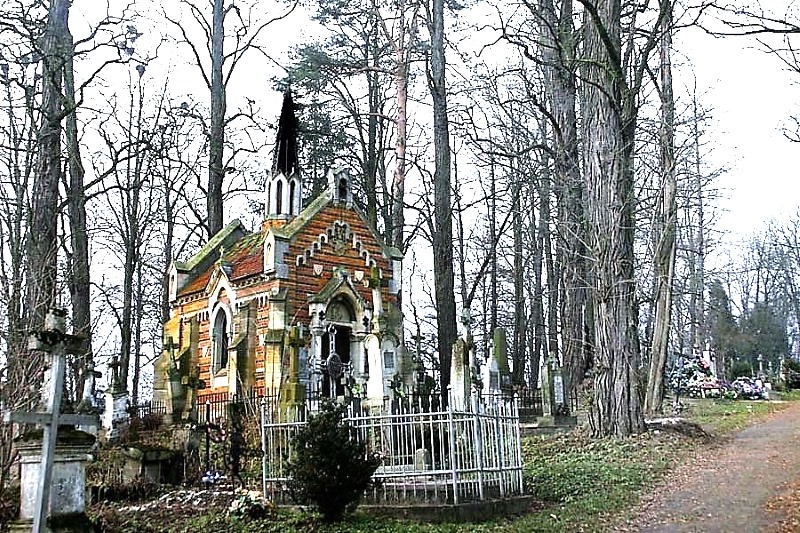

The chapel was built approximately 1891-1894 as a family tomb of the biblical grandfathers-landowners of the Count of Tchaikovsky. The portal is decorated with their family coat of arms. The chapel belongs to the Lutheran church. Style is pseudo-gothic.
The most famous Ukrainian stigmatist, the nun-waxian Anastasiya Voloshin (sister Miriam) is buried on the Bibrka cemetery. The last days of her life she lived in Shpylchyna, where she died on January 9, 1994.

At the same cemetery there is a chapel-tomb of the Tchaikovsky family (it needs investments.)
There are many Polish graves at Bibrka cemetery. 
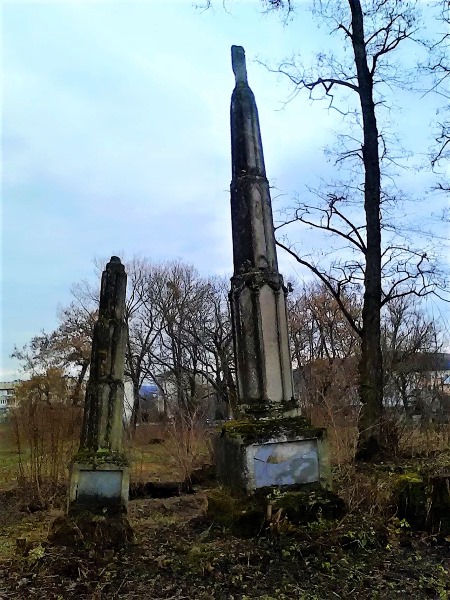
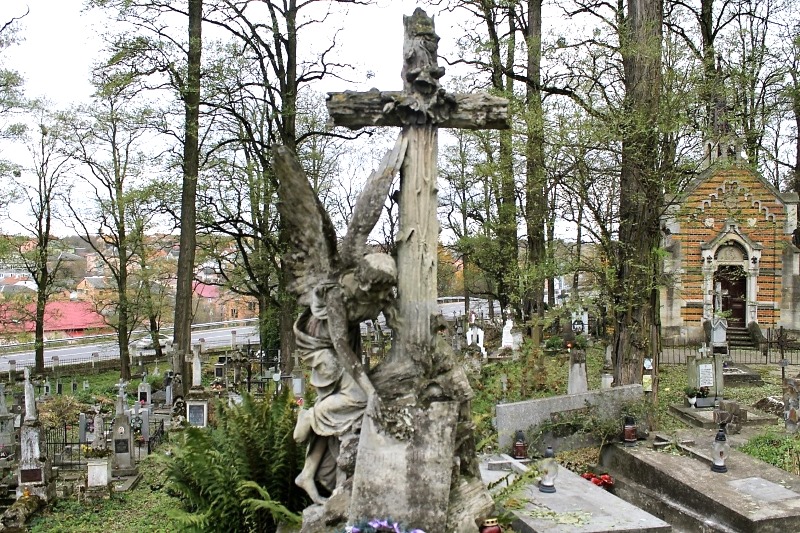
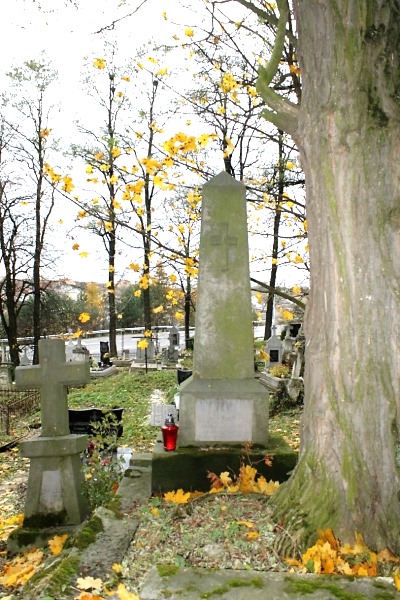
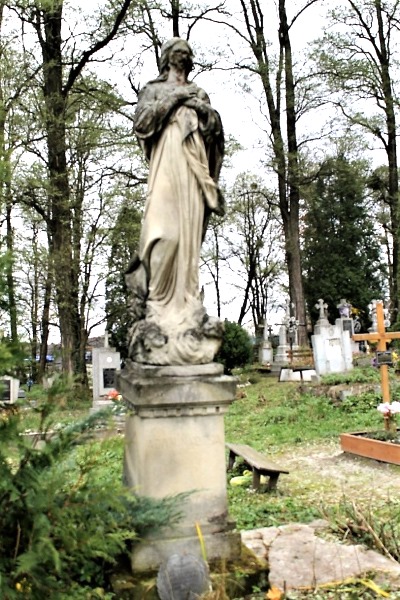
In Bibrka (on the outskirts) there was an estate belonging to the Tchaikovsky family, in particular Yan Tchaikovsky, a Lviv lawyer.
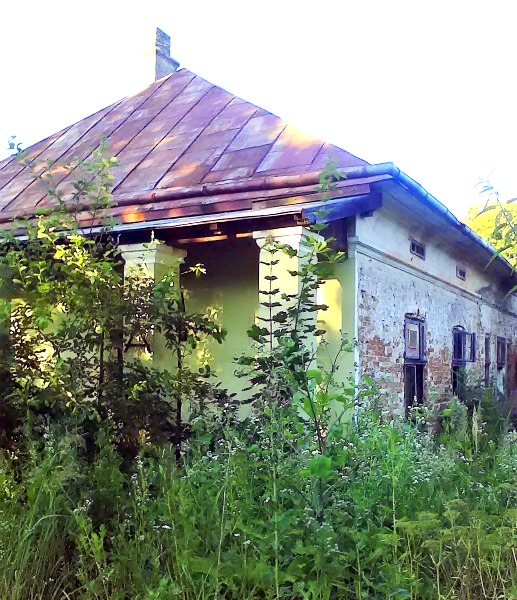

The remains of two synagogues are preserved in the city. One, the so-called Great Synagogue, was built in 1821.
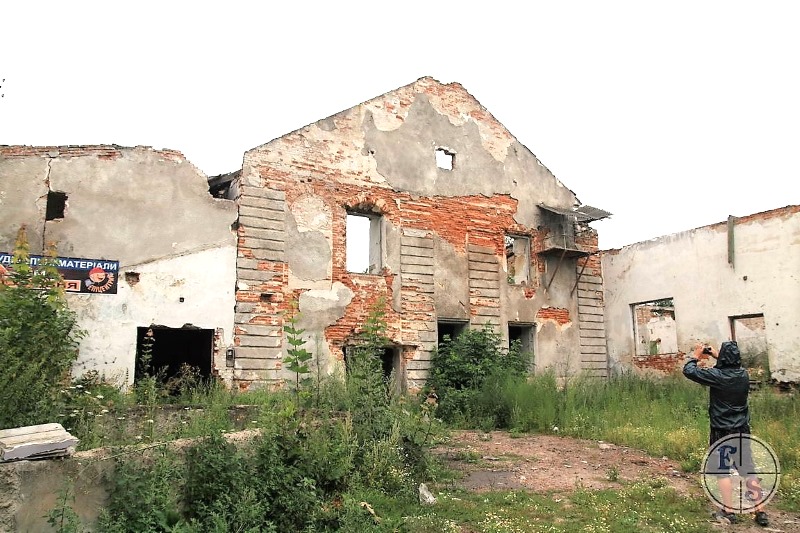
It is located in the central part of the city, to the north of the market square. To the north of the market square and to the east of the Great Synagogue is a deity, which was built in the middle of the XIX century. To the west of the city center, near the bridge, there was a Jewish cemetery of the eighteenth century, which was destroyed in Soviet times. 

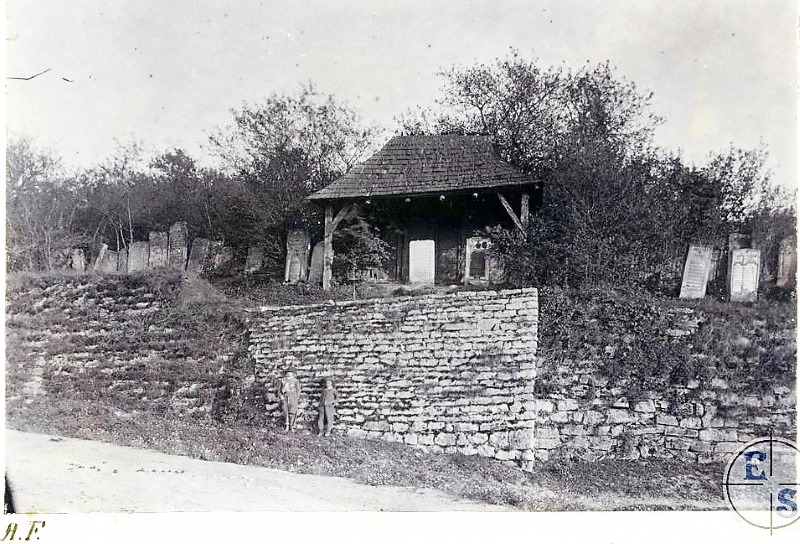
Bibrka nowadays
Now Bibrka is preparing to become the center of the Bibrka OTG.
Educational establishments functioning in the city: Bibrka secondary school of І-ІІІ degree named after Uliana Kravchenko, preschool educational institution "Sonechko". 
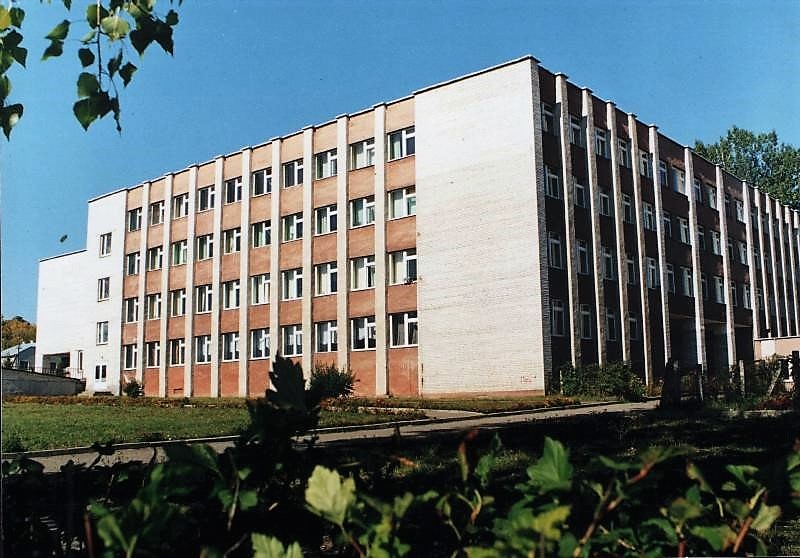
Educational and cultural institutions: "People's House", Bibrka Music School (opened in August 1954), House of Children and Youth creativity, Bibrka City Library.
Health care facilities: Bibrka district hospital, policlinic.
Temples of Bibrka: Church of the Intercession of the Blessed Virgin (UGCC), St. Nicholas and Anna Church, Church of the Ascension of the Lord (UOC-KP). The Youth Religious Community of the SCC builds the Cross Road.
“Bibrka LVUMG”, an industrial enterprise which employs about 400 people is functioning in the city. An enterprise "Bibrka State Forestry Enterprise" is also in the city. A branch of "Ukrtelecom" is situated in the city.
Cultural life of the city: Every year, the traditional Ukrainian holidays and festivals are held, festival "Colors of the summer", "Festival of spiritual song and God's word", Independence Day, Cossacks Day, Embroidery Day, Constitution Day, Epiphany, Ivan Kupala's holiday, The Heavenly Hundred Men, Memorial Day for Holodomor 
victims, Mother's Day and other events.
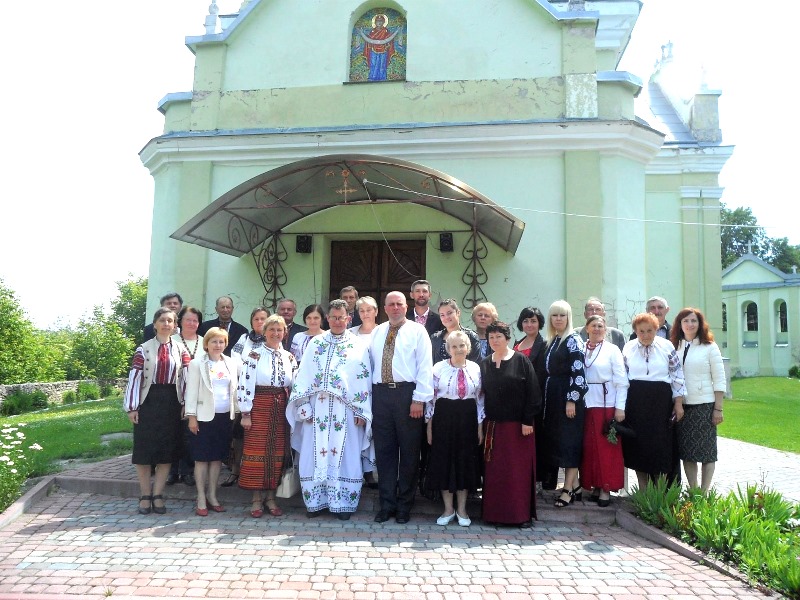
There are folk choir collectives in the city - "Bibrchany",
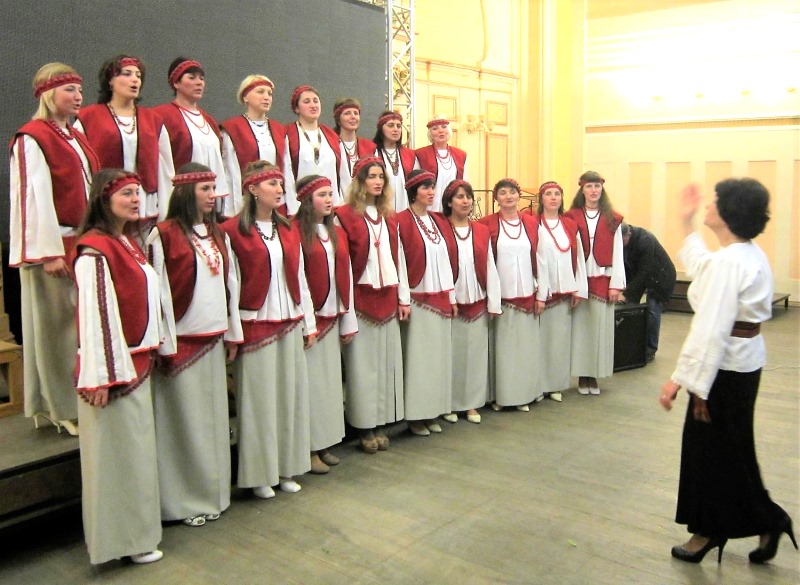
"Gorlitsa", ensemble of music and songs "Kladochka", exemplary ensemble "Malvi". 

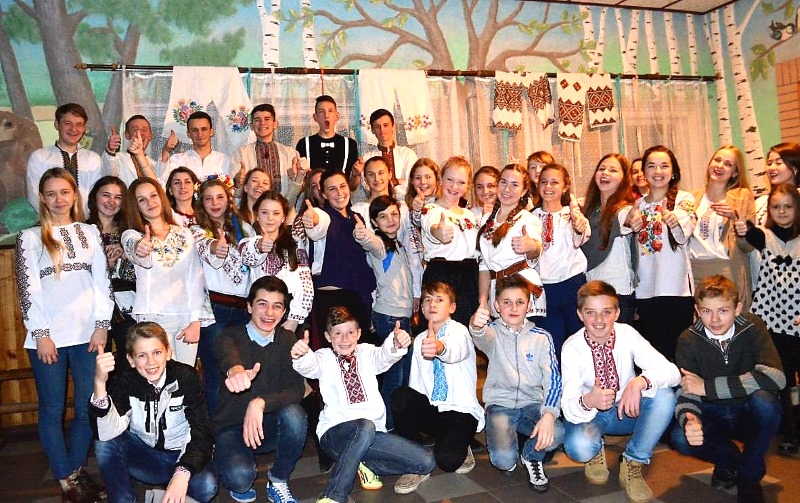
The youth organization "Youth of Bibrka", which takes a very active part in the life of the city, functions in Bibrka.
The Bibrka branch of the All-Ukrainian Association "Veterans", "Union of Ukrainian Women" affects the course of cultural life of the community and have an extensive experience in organizing diverse events.



